Context, climate, craft and sustainability form the pillars of traditional Indian architecture and provide precedents for new cities and structures. Indian architecture seeks identity through local materials with modern techniques. Deeply meshed with cultural and climatic significance, the following materials continue to build contemporary Indian architecture:
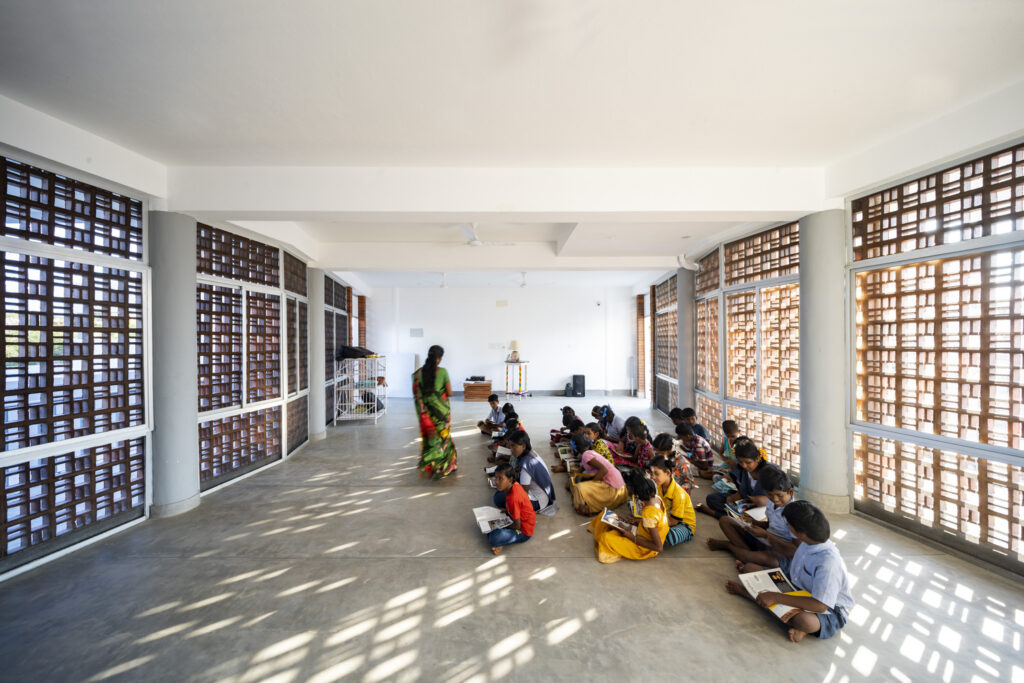 Jaali is a local term for “perforated block”, and comes in the form of brick, cement, terracotta and wood units. The intricate blocks create beautiful patterns of light and shadow while ventilating indoor spaces. The play of solid and void has become a cultural symbol of contemporary Indian architecture.
Jaali is a local term for “perforated block”, and comes in the form of brick, cement, terracotta and wood units. The intricate blocks create beautiful patterns of light and shadow while ventilating indoor spaces. The play of solid and void has become a cultural symbol of contemporary Indian architecture.
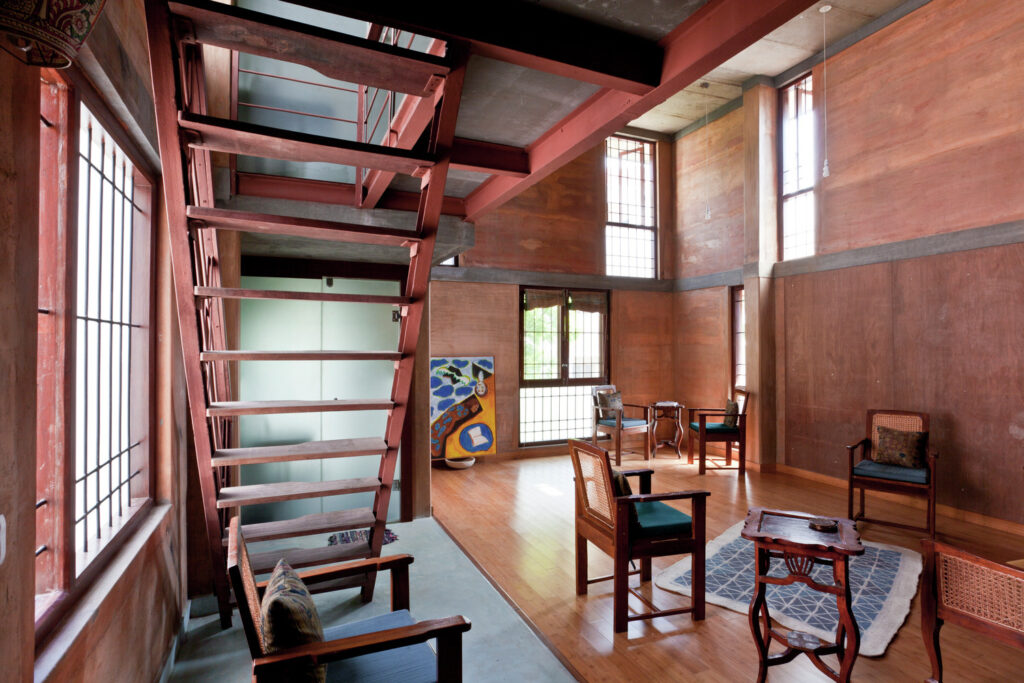 Earth as a building material, in the forms of rammed earth, wattle and daub, earth and straw, compressed earth bricks and more, has been popular in India for millennia.
Earth as a building material, in the forms of rammed earth, wattle and daub, earth and straw, compressed earth bricks and more, has been popular in India for millennia.
 Oxide is a natural material that gives an earthy, shiny and colorful finish to any surface of choice. The technique was brought to the country by the Portuguese and Italians through trade. Local artisans further experimented with the material to arrive at methodologies that suited the local context, especially in the southern regions of India.
Oxide is a natural material that gives an earthy, shiny and colorful finish to any surface of choice. The technique was brought to the country by the Portuguese and Italians through trade. Local artisans further experimented with the material to arrive at methodologies that suited the local context, especially in the southern regions of India.
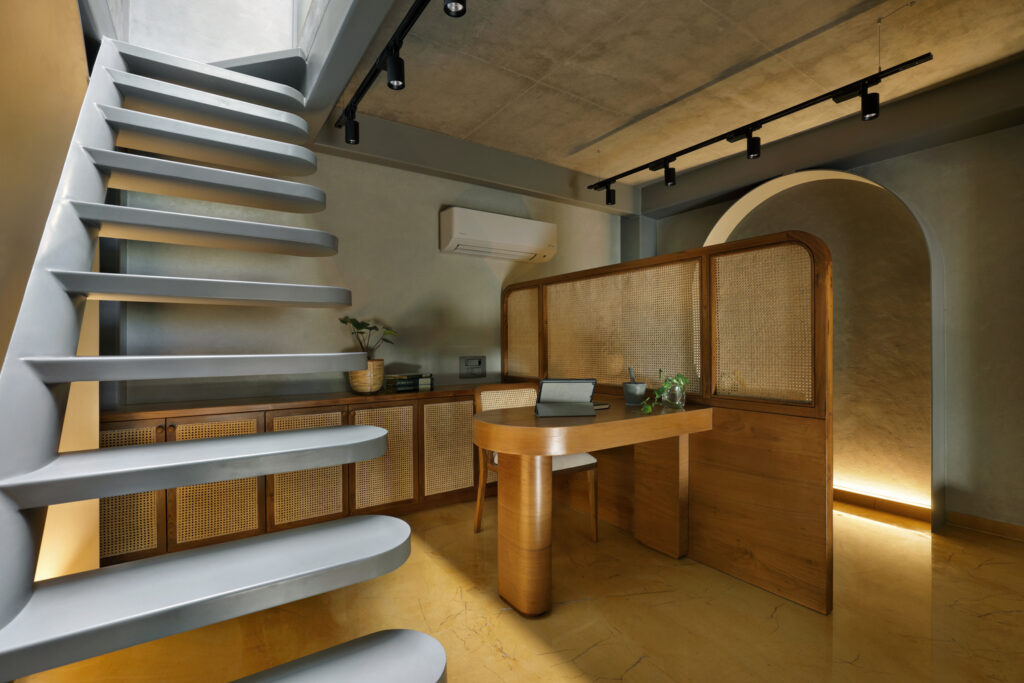 Lime plaster is witnessing a revival in India, prized for its breathability and aesthetic qualities. Lime artisans use special mixes and tools to prepare and apply the material on surfaces.
Lime plaster is witnessing a revival in India, prized for its breathability and aesthetic qualities. Lime artisans use special mixes and tools to prepare and apply the material on surfaces.
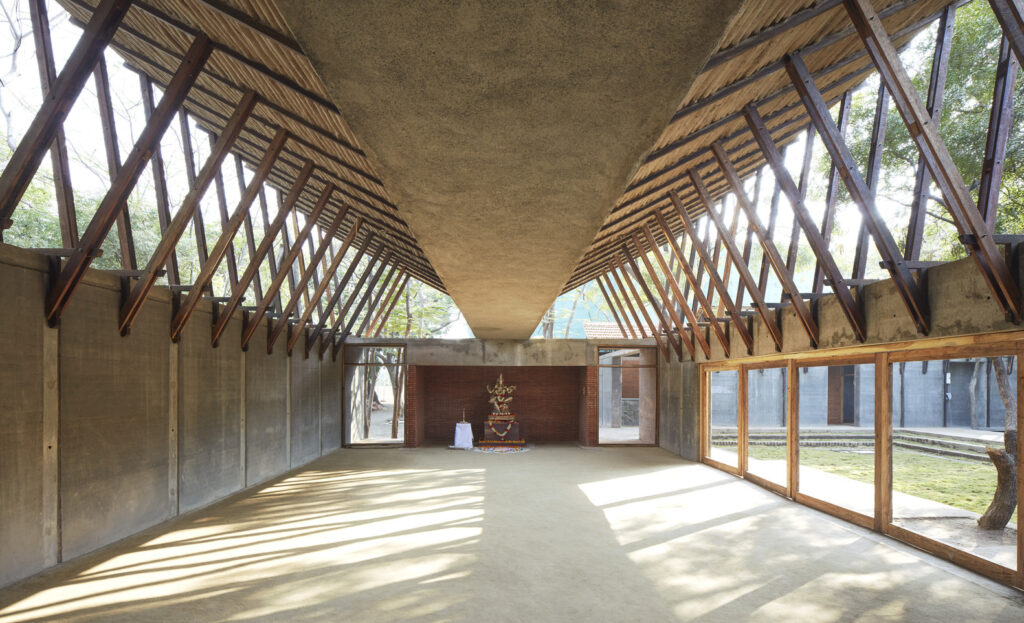 Mud and cow dung is known to have better insulation, water-repellent and antiseptic properties. The practice is common in villages in India and is being revived and experimented with, in the cities.
Mud and cow dung is known to have better insulation, water-repellent and antiseptic properties. The practice is common in villages in India and is being revived and experimented with, in the cities.
 Thatch roofing is one of the earliest recognized vernacular architecture forms in India. Thatching involves using locally available dry vegetation to protect the interiors from water and climatic conditions. The material finds itself in contemporary architecture as a meditative, natural, and humble element.
Thatch roofing is one of the earliest recognized vernacular architecture forms in India. Thatching involves using locally available dry vegetation to protect the interiors from water and climatic conditions. The material finds itself in contemporary architecture as a meditative, natural, and humble element.
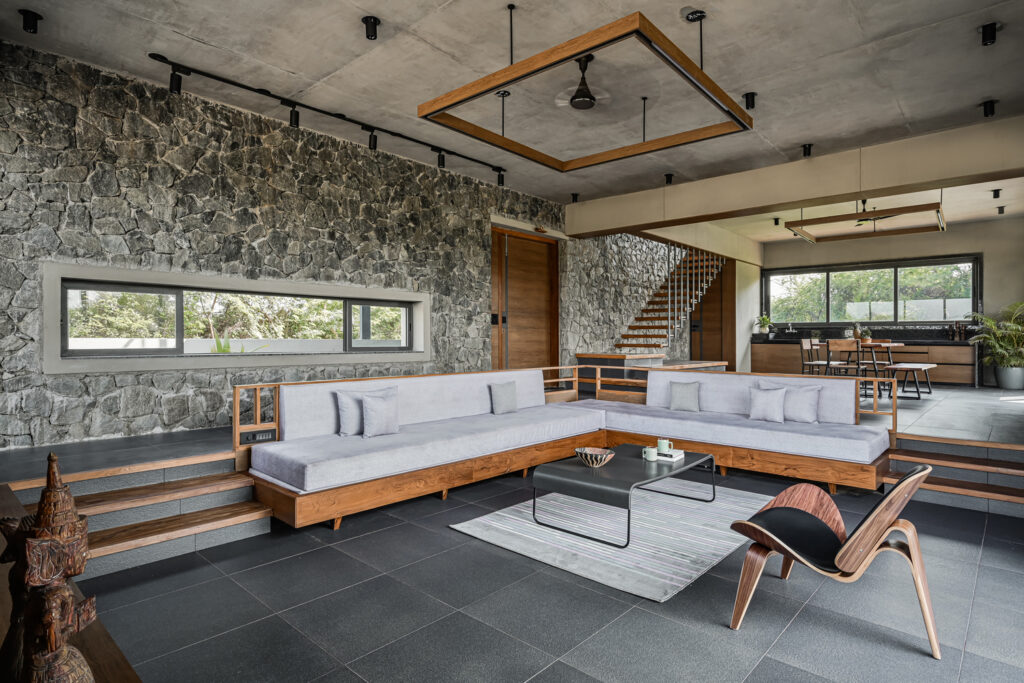 Stone, like granite, marble, sandstone, slate, and limestone has been in use from the earliest temples to modern-day luxury houses, offering interesting textures and patterns. Locally available stone is cost-effective and creates a regionally unique aesthetic in architecture.
Stone, like granite, marble, sandstone, slate, and limestone has been in use from the earliest temples to modern-day luxury houses, offering interesting textures and patterns. Locally available stone is cost-effective and creates a regionally unique aesthetic in architecture.
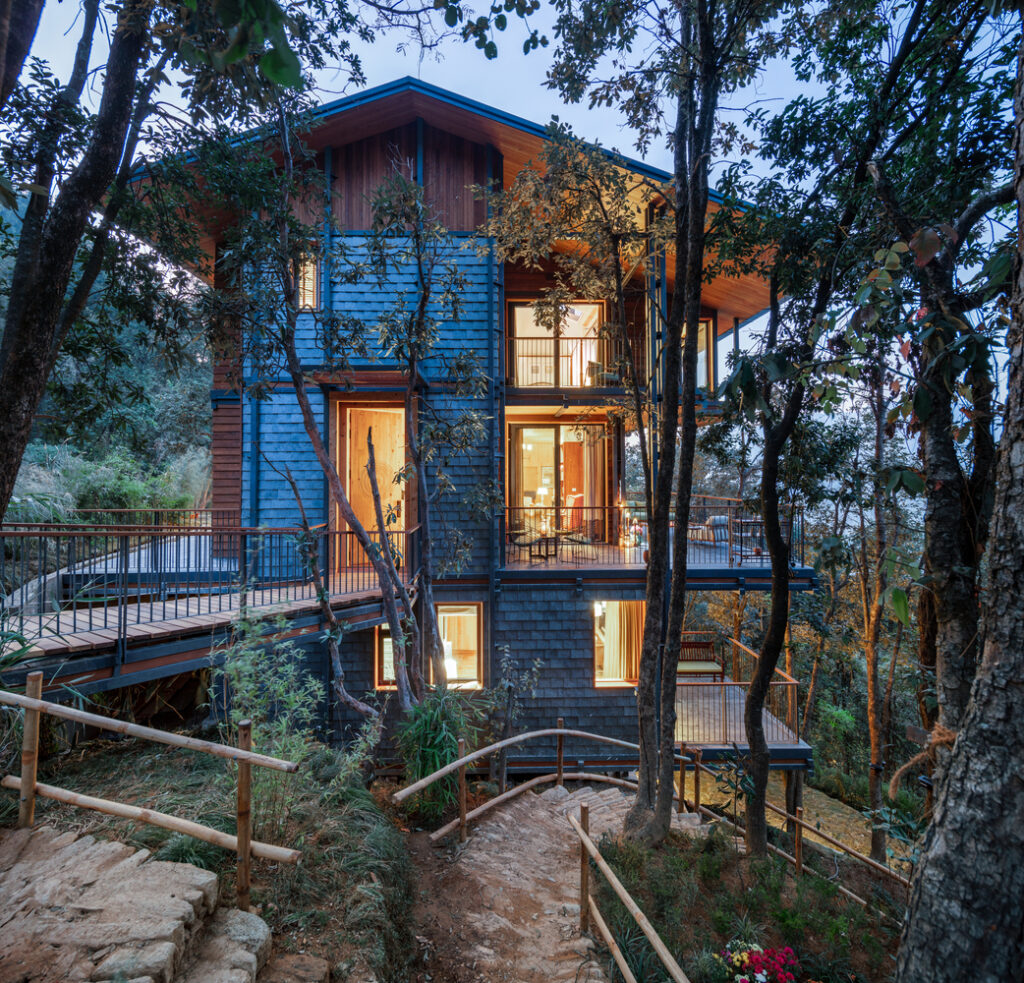 Wood is a popular construction material in the Himalayan region where temples were constructed with wood for practical and religious reasons. Wood is well suited to the climatic conditions of the Northern regions. It is otherwise used for its aesthetic qualities in other parts of the country.
Wood is a popular construction material in the Himalayan region where temples were constructed with wood for practical and religious reasons. Wood is well suited to the climatic conditions of the Northern regions. It is otherwise used for its aesthetic qualities in other parts of the country.
 bamboo is common in India, which is the second-largest producer in the world and houses many artisan communities trained in bamboo construction. Famous in the Northeast region of India, bamboo is finding a role in experimental projects across the country.
bamboo is common in India, which is the second-largest producer in the world and houses many artisan communities trained in bamboo construction. Famous in the Northeast region of India, bamboo is finding a role in experimental projects across the country.
You can read the original article at www.archdaily.com

Embark on a journey to explore the richness of traditional building materials in India through this enlightening blog at https://naturalbuildingblog. com. Delve into the cultural significance and sustainable practices behind ancient construction methods, shedding light on India’s architectural heritage. From exquisitely designed homes to eco-friendly solutions, discover the timeless beauty of indigenous building materials showcased in this insightful read.